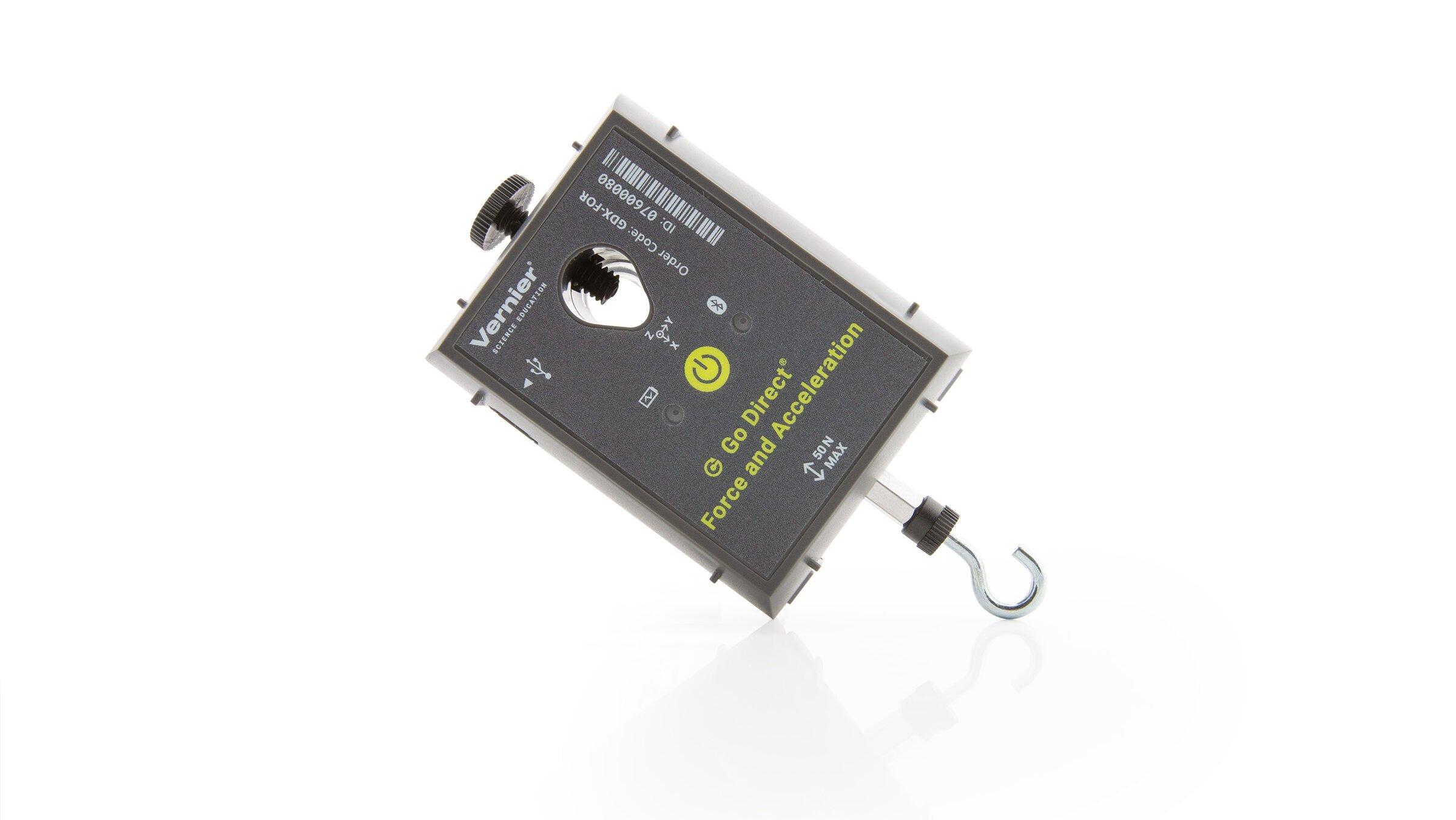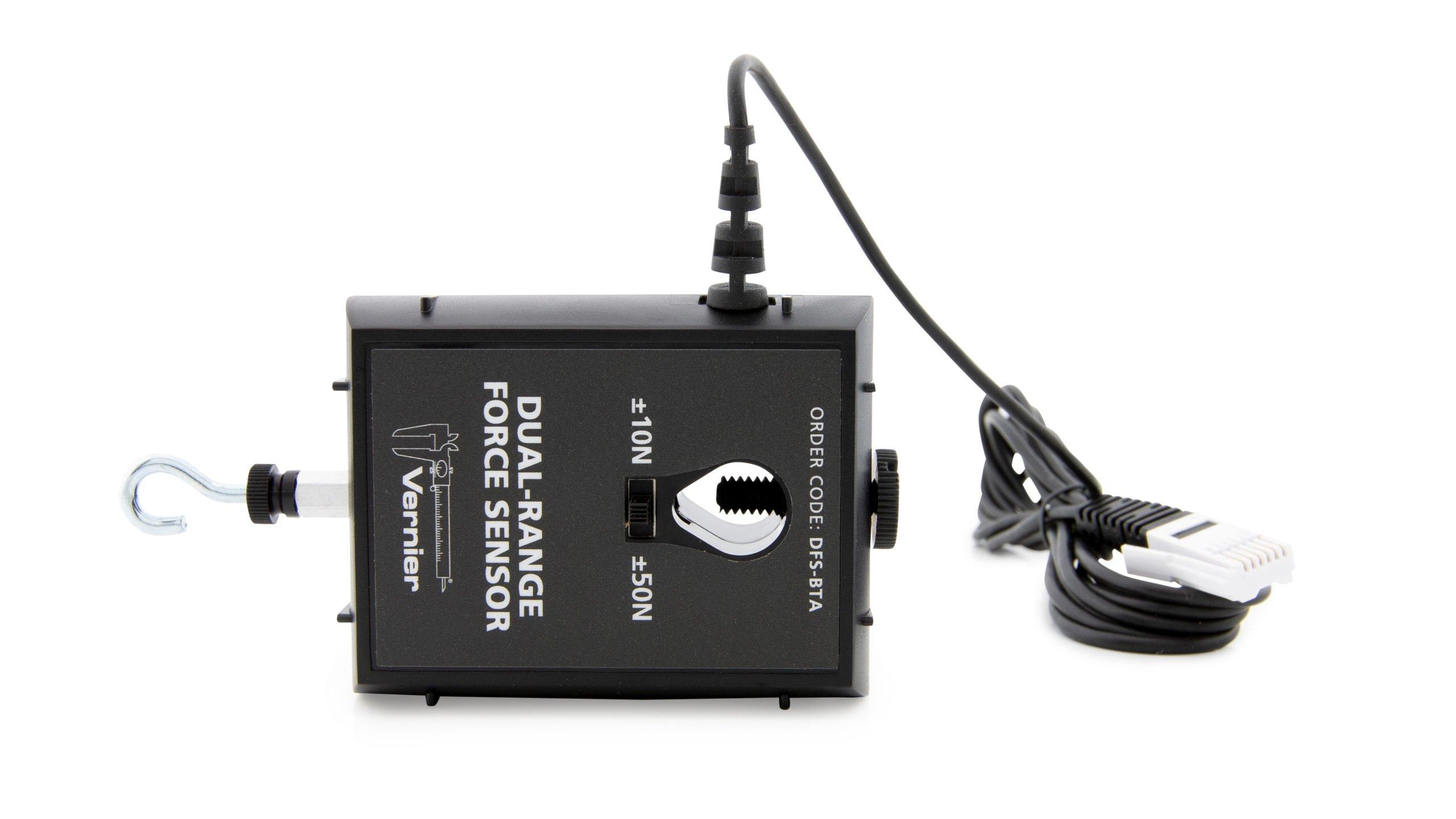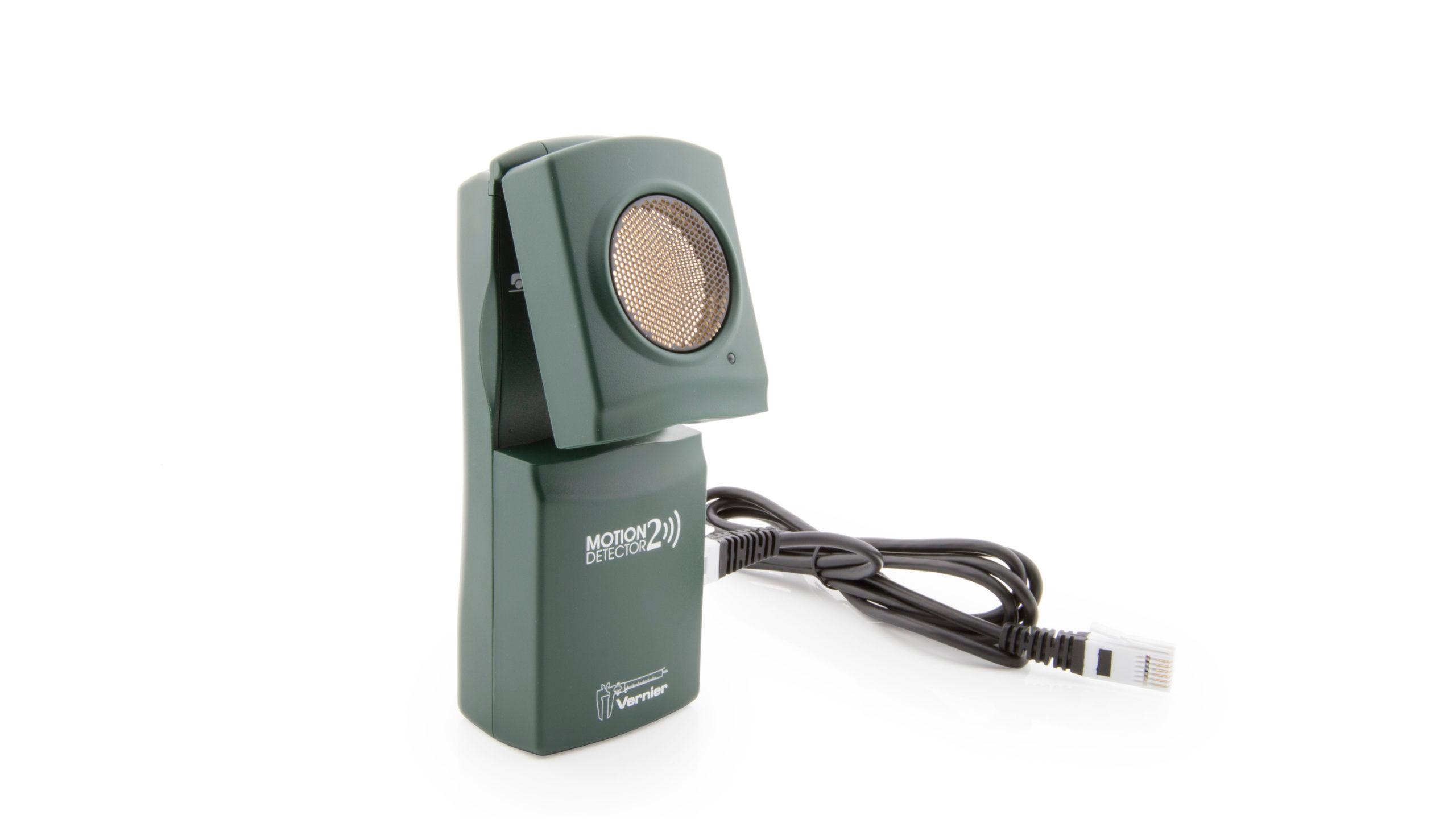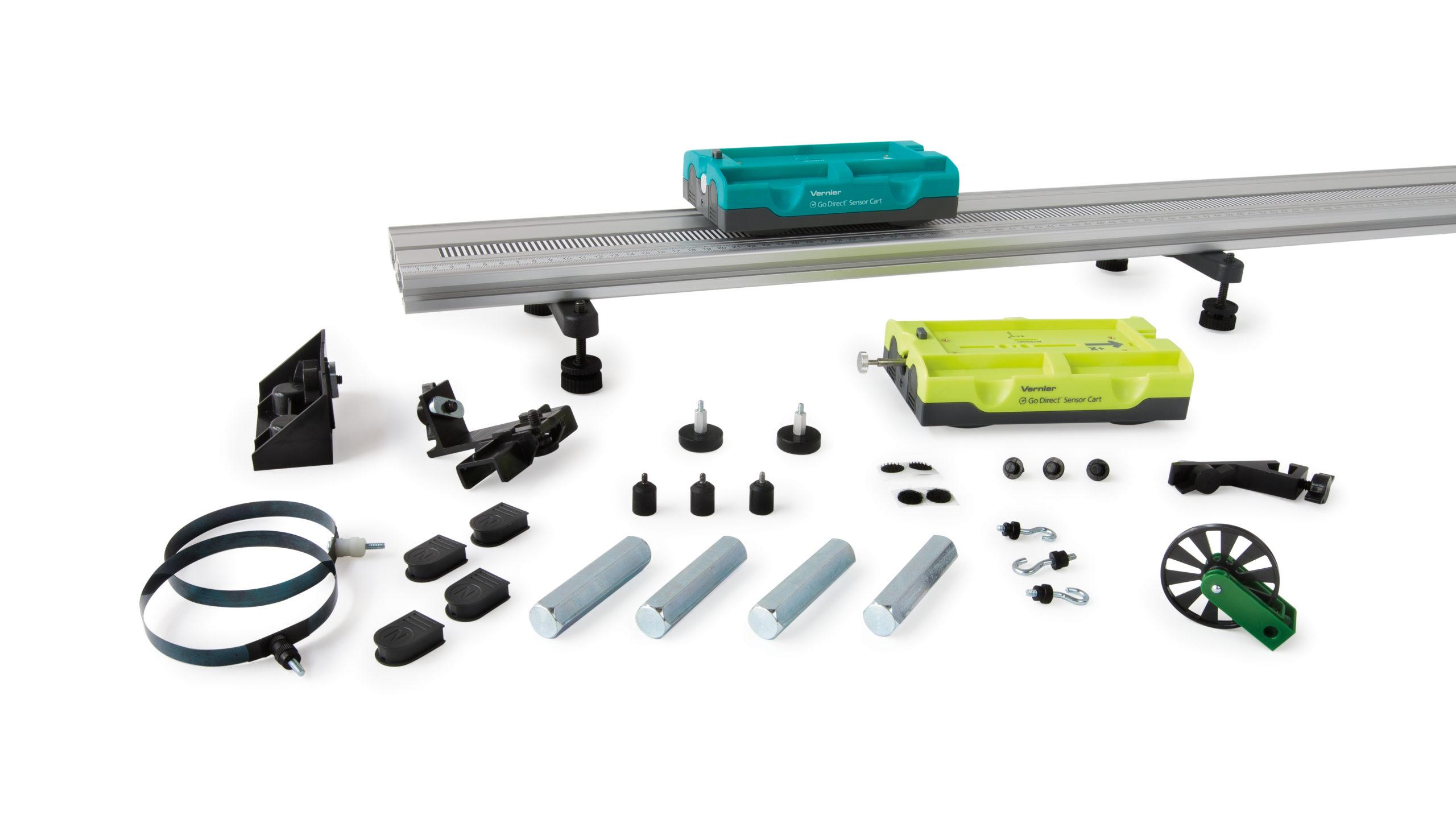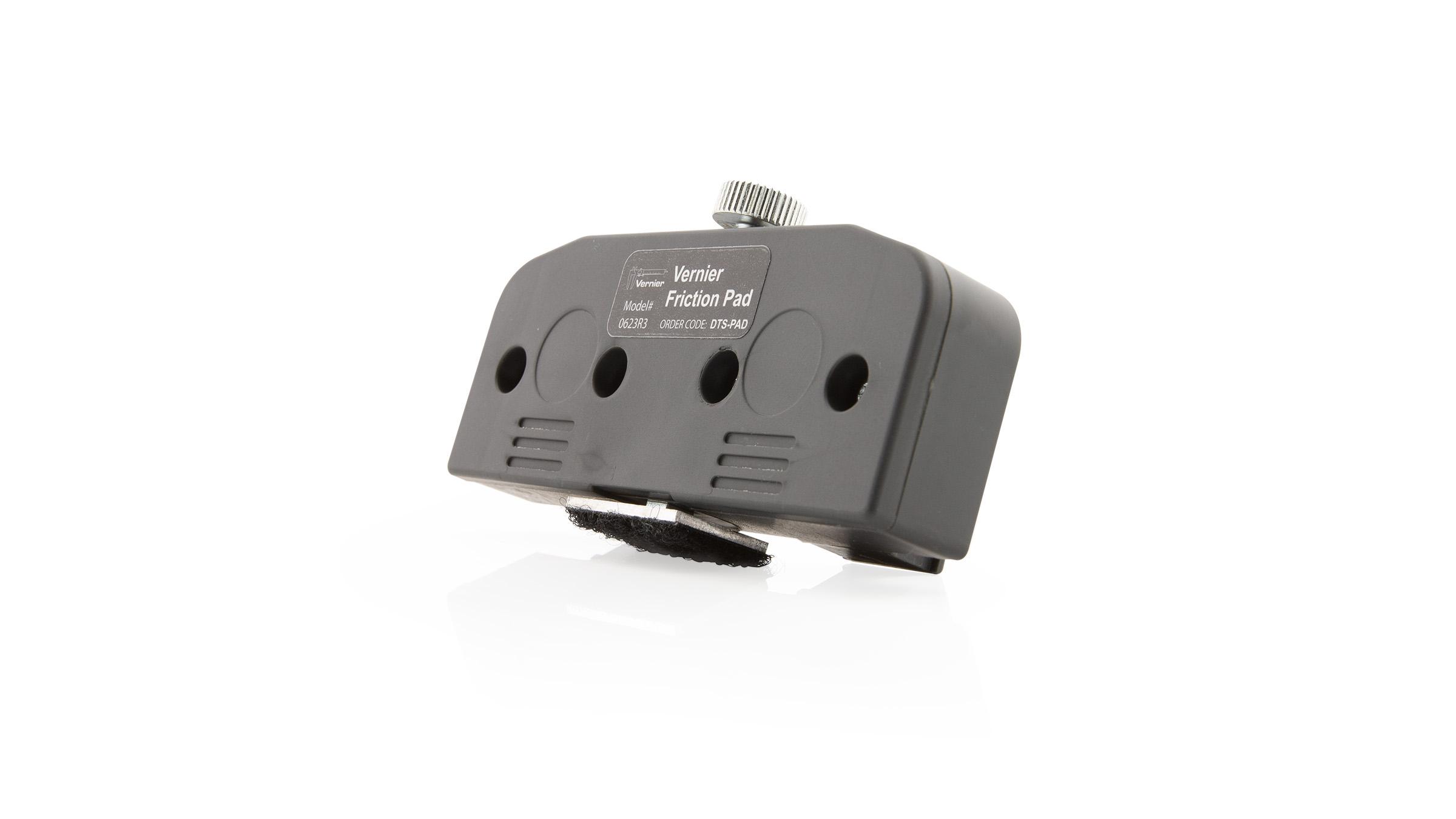
Video Overview
Introduction
If you try to slide a heavy box resting on the floor, you may find it difficult to get the box moving. Static friction is the force that counters your force on the box. If you apply a light horizontal push that does not move the box, the static friction force is also small and directly opposite to your push. If you push harder, the friction force increases to match the magnitude of your push. There is a limit to the magnitude of static friction, so eventually you may be able to apply a force larger than the maximum static force, and the box will move. The maximum static friction force is sometimes referred to as starting friction. We model static friction, Fstatic, with the inequality Fstatic ≤ µs N where µs is the coefficient of static friction and N is the normal force exerted by a surface on the object. The normal force is defined as the perpendicular component of the force exerted by the surface. In this case, the normal force is equal to the weight of the object.
Once the box starts to slide, you must continue to exert a force to keep the object moving, or friction will slow it to a stop. The friction acting on the box while it is moving is called kinetic friction. In order to slide the box with a constant velocity, a force equivalent to the force of kinetic friction must be applied. Kinetic friction is sometimes referred to as sliding friction. Both static and kinetic friction depend on the surfaces of the box and the floor, and on how hard the box and floor are pressed together. We model kinetic friction with Fkinetic = µk N, where µk is the coefficient of kinetic friction.
In this experiment, you will use a Dual-Range Force Sensor to study static friction and kinetic friction on a wooden block. A Motion Detector will also be used to analyze the kinetic friction acting on a sliding block.
Objectives
- Use a Dual-Range Force Sensor to measure the force of static and kinetic friction.
- Determine the relationship between force of static friction and the weight of an object.
- Measure the coefficients of static and kinetic friction for a particular block and track.
- Use a Motion Detector to independently measure the coefficient of kinetic friction and compare it to the previously measured value.
- Determine if the coefficient of kinetic friction depends on weight.
Sensors and Equipment
This experiment features the following sensors and equipment. Additional equipment may be required.
Correlations
Teaching to an educational standard? This experiment supports the standards below.
- International Baccalaureate (IB)/Sports, Exercise, and Health Science
- 10. Friction and drag
- International Baccalaureate (IB) 2025/Physics
- The students should understand the nature and use of the following contact forces: surface frictional force Ff acting in a direction parallel to the plane of contact between a body and a surface, on a stationary body as given by Ff ≤ μsFN or a body in motion as given by Ff = μdFN where μs and μd are the coefficients of static and dynamic friction respectively
Ready to Experiment?
Ask an Expert
Get answers to your questions about how to teach this experiment with our support team.
- Call toll-free: 888-837-6437
- Chat with Us
- Email support@vernier.com
Purchase the Lab Book
This experiment is #12 of Physics with Vernier. The experiment in the book includes student instructions as well as instructor information for set up, helpful hints, and sample graphs and data.

